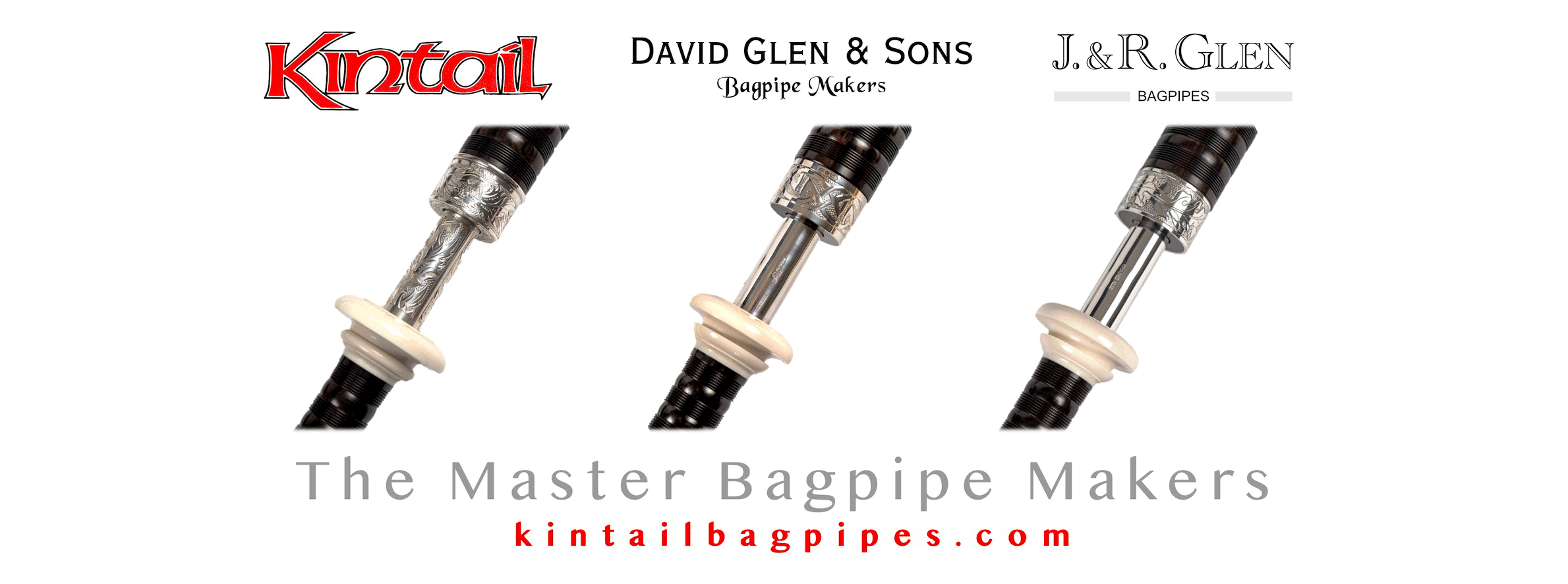Undoubtedly the ‘redundant’ low A was written in the older publications. In Donald MacPhee’s book the instructions seem to be clear, that the crunluath commences with a grip – low G with D gracenote on low G and then to A and followed by the E gracenote etc. etc.
There are various ways of looking at this and it can be a study that takes you nowhere. If teaching a youngster there is great danger of confusion; and confusion can lead to problems such as poor technique and hang ups about performing the crunluath.
Ultimately the crunluath embellishment should probably be a percussive movement which takes the melody from theme note to theme note without the existence of hiatus on any of the gracenotes in the cluster. This depends, obviously, on the type of crunluath we are talking about, but in a ‘standard’ crunluath, as opposed to fosgailte or breabach, this should be the case.
Ultimately the crunluath embellishment should probably be a percussive movement which takes the melody from theme note to theme note without the existence of hiatus on any of the gracenotes in the cluster. This depends, obviously, on the type of crunluath we are talking about, but in a ‘standard’ crunluath, as opposed to fosgailte or breabach, this should be the case.
In his book Lt. John MacLennan (GS’s father) wrote the movements without the additional low A as he claimed that that was what was being played by the leading players of the day. It was probably as a result of this that the label ‘redundant low A’ came into use.
There are a few recordings on the Piobaireachd Society website and, without referring to the names of the players, the result of the different methods can be heard.
In recent times I let a pupil hear both types of presentation from the older players and while one is alleged to be playing the low A, the pupil could not hear it, but heard the low A in the other very clearly and the pupil was left to choose which he preferred. The presentation with the clear low A had undoubtedly a hint of the hiatus mentioned above. Wrong or right?
From memory, and I would have to have a further look at the detail, GF Ross, Calcutta (a man about whom I know very little), suggested in his book that the low A was part of all those movements, but as the detail developed in the books, it appears that Ross ‘shot himself in the foot’ and the inclusion of the A is in doubt. This was as a result of the technique re the taorluath on D, but I must search this out again for clarification. Maybe somebody else has it at their fingertips.
In the Donald MacPhee book the leumluath grip is featured in two different ways and a low A exists in one but not in the other. One is called a grip and the other a leumluath.
But when teaching young persons, there must be a clear way of explaining these movements and the reference to the ‘redundant’ low A has to be carefully addressed and probably done only when the player/pupil is mature enough to be engaged in a bit of history without being confused.
There are very few pipers who could be described as being in the same bracket as Robert Reid, Willie Ross, John MacDonald. In the Reid recording he says he never heard those people missing crunluath movements, but as he was going round the games he heard players with poor movements and missing some or a lot. Undoubtedly there are current players who have very good technique, and in all probability they were well taught, and taught in such a way that they can sustain good technique with an understanding of what is required. However there are some successful current players whose technique in respect of crunluath movements is very suspect. Whether they have developed hang-ups or have been confused at some time in considering the ‘redundant’ low A, their movements are suspect and very open to criticism in a fundamental way as opposed to comments on the odd miss. I suspect Robert Reid would have very blunt comments to make on their playing of the crunluath movement.


















If the extra low-A is included (separating the grip from the édré) it is possible to give the crunluath a double-triplet rhythm with the E-grace of the édré falling on ‘1’ of the second triplet. The finishing E of the crunluath would be ‘3’ of the second triplet. The theme-note – I suppose – would be at least twice the length of one triplet.
Yes, Nick is right: it is not as though the art form would implode if we, as players, chose to pursue redundant A taors or cruns; nor has it imploded since the 1920s when they were written out of existence in the scores (though one could argue that a certain “orthodoxy” came close to homogenizing pibroch to a dangerous degree).
But the beauty of this discussion is that, historically, we now know of its existence (something of which very few players were or are cognizant, but with the easy availability of pre-1840s manuscripts and books, we can view them with just a click). As a result, one more tool for expression and performance has been added to our toolkit.
And I believe, the more of these “historical tools” we uncover, study and perform, the broader the musical potential for our art form.
Which surely signals a real possibility for exciting and unexpected directions for growth!
Very exciting times for pibroch!
Interesting article. This whole debate, though not massively important, is nonetheless very interesting.